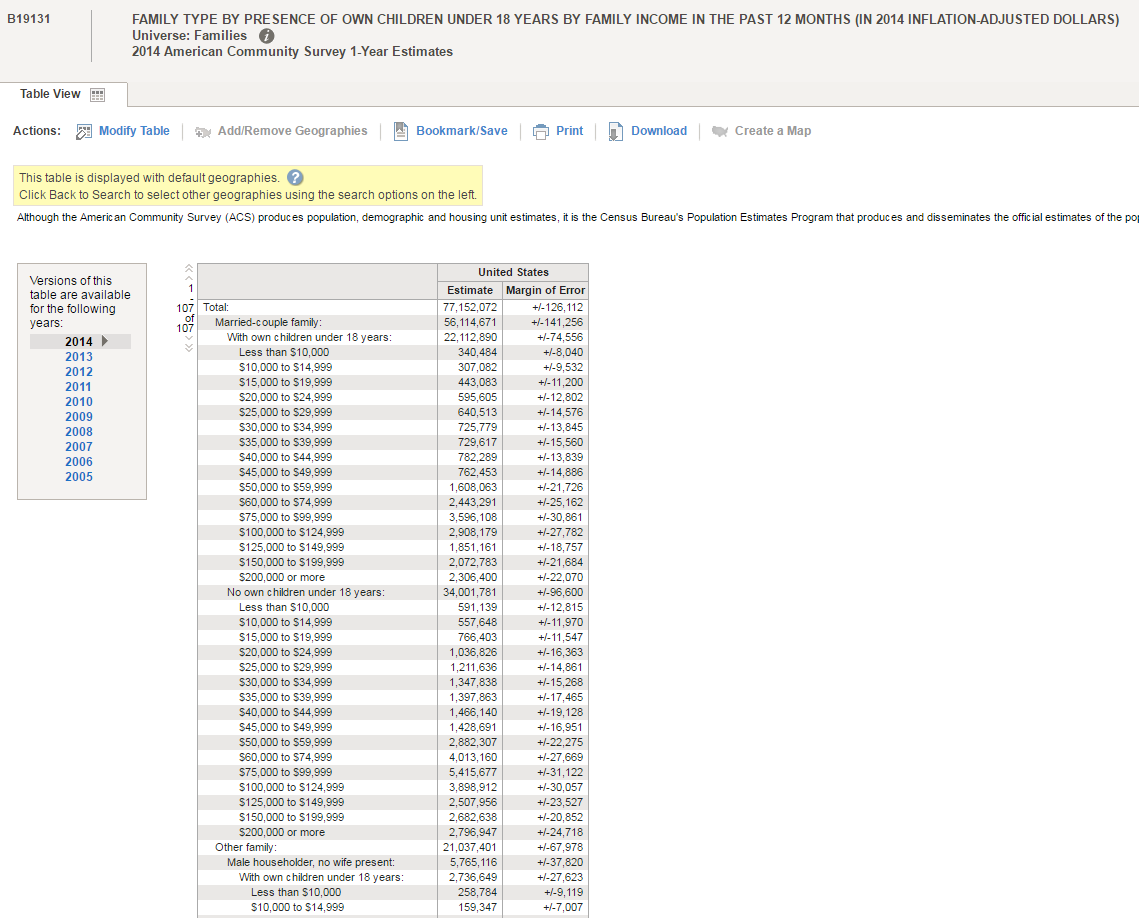How the Friedman Foundation Estimates Educational Choice Program Eligibility
If you have ever seen a sentence on the Friedman Foundation website along the lines of “You Might Be Eligible For [a specific education savings account program],” or “You Might Not Be Eligible For [a specific voucher program],” then you have probably taken an educational choice eligibility test.
The easier to design eligibility tests ask a single, simple question. For instance, Arizona’s Original Individual Income Tax Credit Scholarship Program asks only, “Is your child entering kindergarten through 12th grade?” If the answer is yes, you might be eligible. Tests for programs with much more complex eligibility requirements, such as Indiana’s Choice Scholarship Program, were much more difficult to craft.
Likewise, the more complicated the program design, the more difficult it is to estimate the eligible population for a specific program. And in this post, you will learn how the Friedman Foundation has improved its educational choice program eligibility estimations.
Using the above examples, finding the number of K–12 students in Arizona takes less than a minute.
On the other hand, finding the number of students in Indiana that attended a public school for the preceding two semesters and who are from families earning up to 150 percent of free and reduced-price lunch (FRL), students in the state that have an IEP and are from families earning up to 200 percent of FRL, students who are zoned to attend a school designated “F” and are from families earning up to 150 percent of FRL, students and siblings of students who received a minimum of a $500 tax-credit scholarship in the previous year in Indiana, and students who received a voucher in the previous year in Indiana and are from families earning up to 200 percent of FRL—::deep breath::—can take more than one day and be a bit eye-crossing.
Needless to say, calculating eligible populations is not an exact science for every program.
For starters, other than students who qualify for free and reduced-price lunch, income breakouts are extremely difficult to find when “students” are the unit of measurement. This is why, when the Foundation started crunching the eligibility numbers a few years ago, the team found it easiest to calculate using “families” as the unit of measurement. The American Community Survey has estimates for family income levels that can be searched by state (Table B19101).
The potential problem with calculating income-based program eligibility using this table—as the Friedman Foundation team had for several years—is that the estimate could end up including parents who no longer have any children at home, young families that don’t yet have children, couples who have chosen not to have children and anyone else who simply does not have school-aged children. As you can imagine, those families are not exactly going to be looking to access a K–12 educational choice program.
In the Foundation’s continual quest to make its educational choice program eligibility calculations more accurate, the team scoured the various data tables available through the National Center on Education Statistics and the American Community Survey in the summer of 2015. The team finally discovered an American Community Survey table that used the same income brackets the Foundation had used for years, but went a step further and sorted those breakouts by family type (Table B19131).

Using this table, the Foundation’s income-based eligibility estimates now are more accurate, including only the income-eligible families with children under the age of 18.
This calculation improvement is just the start. The Friedman Foundation team would love to be able to measure the eligibility for every program in a more exact number of “students” rather than the more broad “families with children.” As we continue to fine-tune and adjust, we hope you’ll find the eligible populations that we report becoming more and more accurate. This will not only give researchers better data to work with, but will also help paint a more complete picture for policymakers looking to expand or enact more programs.
Stay tuned to the Foundation’s blog for any future updates on eligibility estimations. If you have questions or feedback for the Friedman Foundation data analysis team, please email dcatt@edchoice.org.





